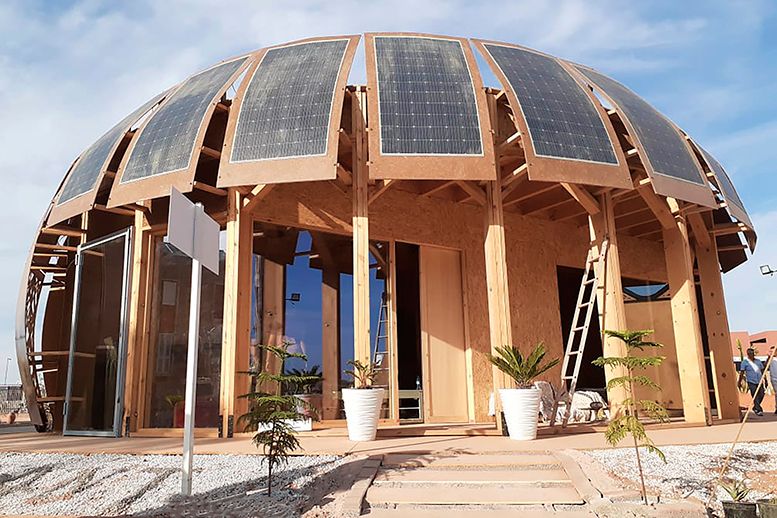Hey all! I hope you are doing fine despite the coronavirus outbreak! I have just made a video about what the world will look like immediately after the coronavirus outbreak. If this is interesting to you, please check it out!
Ever wondered what the world will look like after the corona virus (COVID-19) pandemic is over? In this video, I go over how our society could change for years or even decades to come after the corona virus pandemic is over. Topics I talk about include how religion, education, lifestyle, and automation after the pandemic.
Instagram: https://www.instagram.com/the_futurist_tom/
For business inquiries, please send an email to: [email protected]
Here is a link to First-Person Science Podcast: https://www.youtube.com/channel/UCxIStqpo1YZRTFKn5m1J0iQ







